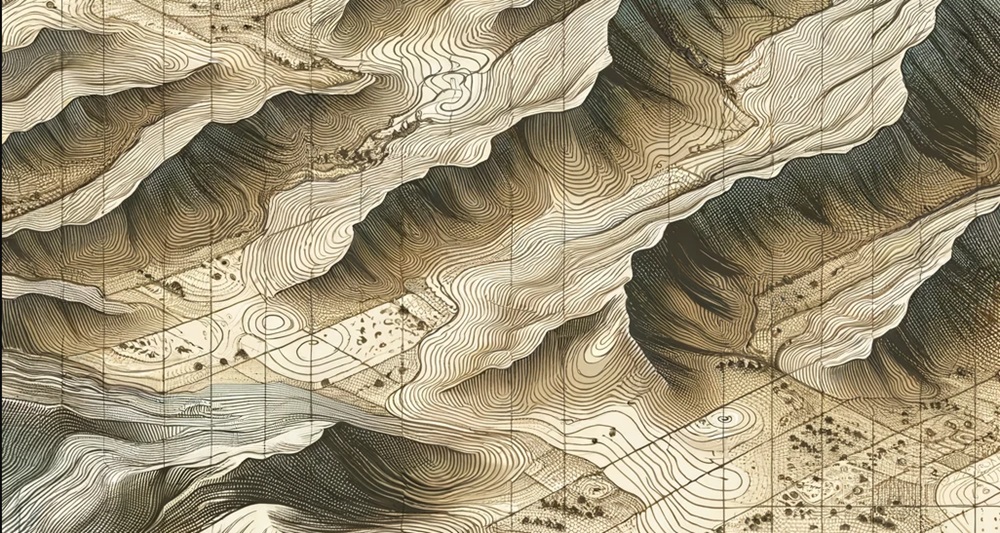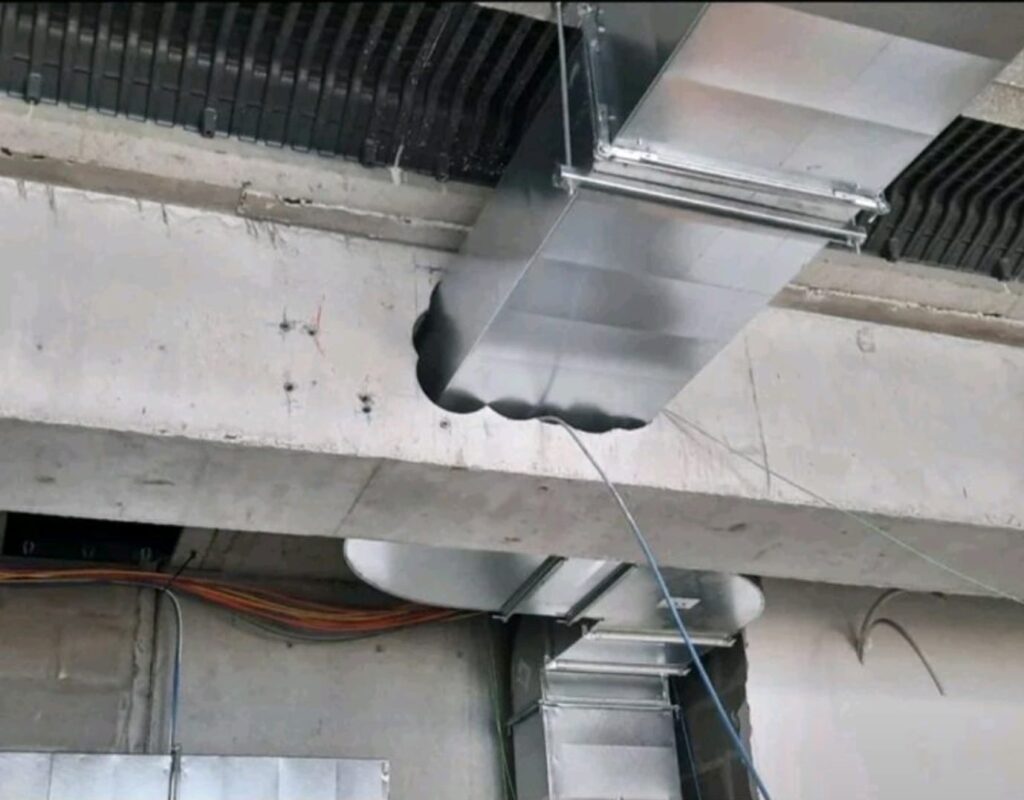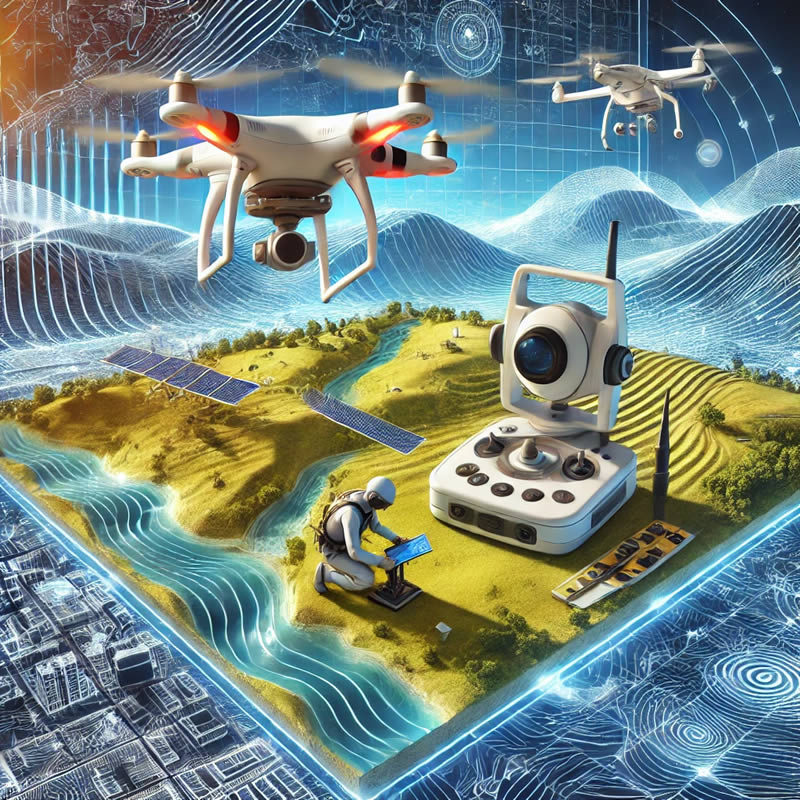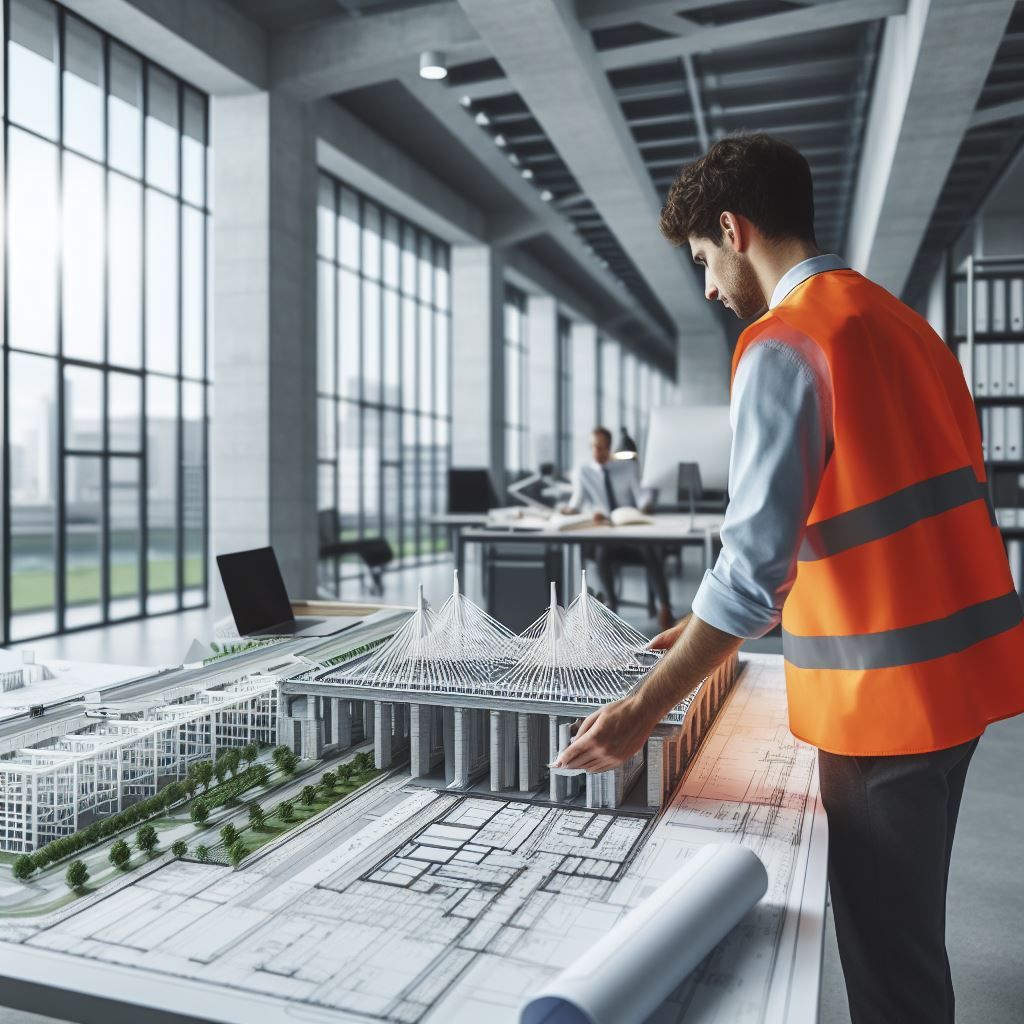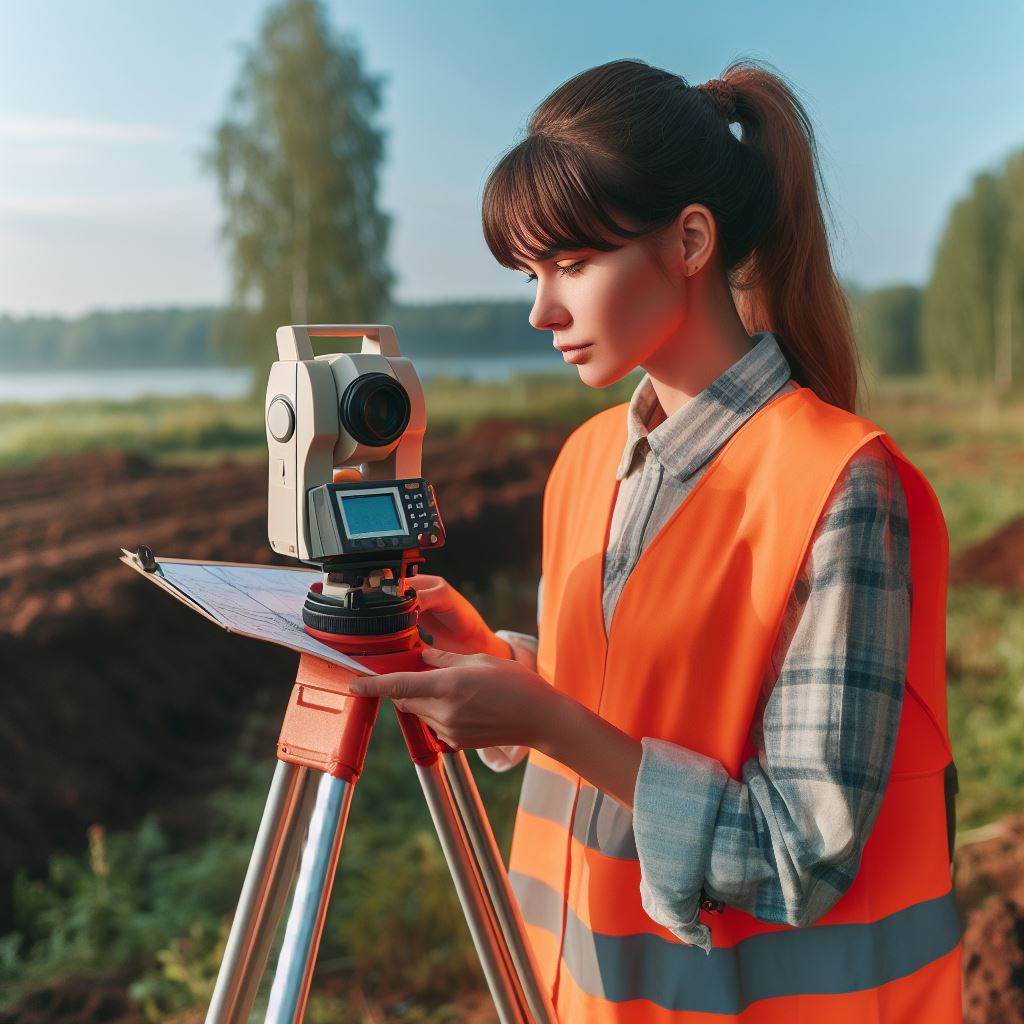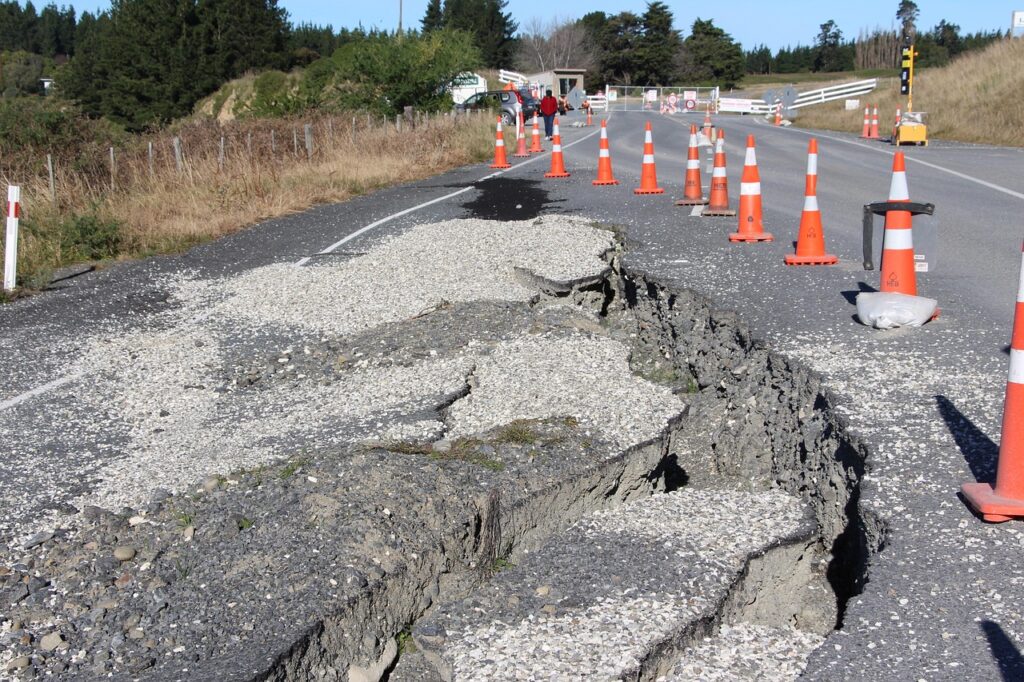Topographyc surveying is one of the most important disciplines before undertaking any civil or infrastructure project. This field of study, essential for the planning and execution of projects across a wide range of sectors, has numerous practical applications. Here are five key applications of topographic surveying:
Building Construction
In the construction sector, surveying is extremely useful for determining the exact location and orientation of structures. Surveyors help ensure that a building is constructed in the correct location and within the legal boundaries of the land. Additionally, they provide information about the land’s slope, which aids architects in designing structures that take advantage of the terrain’s characteristics, minimizing environmental impact and reducing the amount of earthwork required.
Infrastructure Development
National infrastructure such as roads, bridges, hydroelectric plants, wind or solar farms, ports, and other public works are significant investments for the state. For this reason, surveying services are vital for minimizing risks and increasing the chances of successful execution.
Understanding the terrain helps avoid building in hazardous locations, such as steep slopes, flood-prone areas, or hidden water channels.
Agriculture and Natural Resource Management
Agriculture is becoming increasingly professional, and the use of topographic surveying is more common in understanding soil characteristics and determining slopes. This information is essential for designing irrigation channels, implementing drip irrigation systems, and planning crop distribution and water usage strategies to optimize natural resources like soil and water.
It’s worth noting that companies like Acero Estudio, specialists in topographic services, can now perform broader and more precise measurements in shorter times thanks to the use of drones, photogrammetry systems, total stations, and more.
Water Management and Control
Surveying supports the planning of drainage systems, dams, dikes, and canals to control flooding, prevent erosion, and manage water resources efficiently.
Energy Generation Facilities
For the location, installation, and/or construction of these large-scale facilities, a deep understanding of the terrain, its slope, and the elevation of various areas within a single site is necessary.
Hydroelectric Energy: In hydroelectric projects, slope measurements help calculate water velocity and design the infrastructure accordingly.
Wind/Solar Energy: In these cases, surveying helps determine terrain inclination to appropriately position energy generation elements—for example, adjusting solar panels to the sun’s angle or placing wind turbines based on terrain geography.
These examples are just the tip of the iceberg in a discipline widely used not only by governments and corporations but also by individuals seeking to build homes or businesses looking to develop custom facilities. If you’re interested in learning more about our drone (UAV) surveying services, don’t hesitate to reach out.
Contact us today to learn more about our surveying services and consulting for the construction sector, we’ll be happy to assist you.


